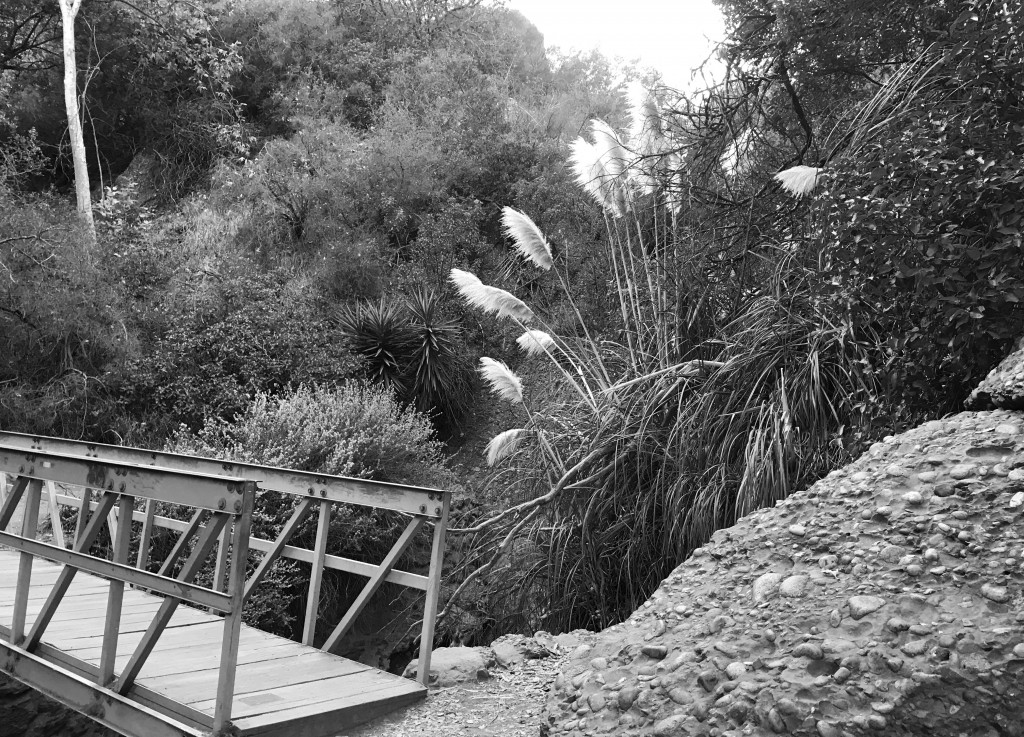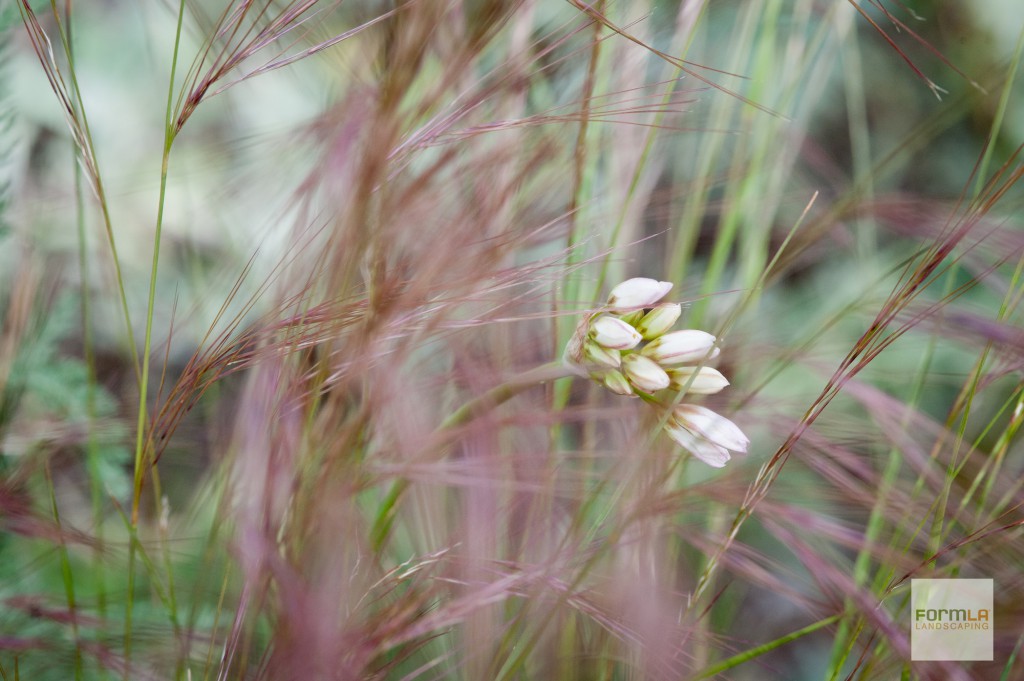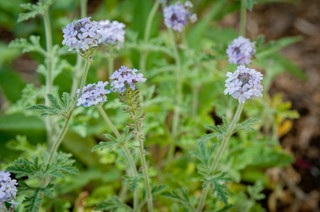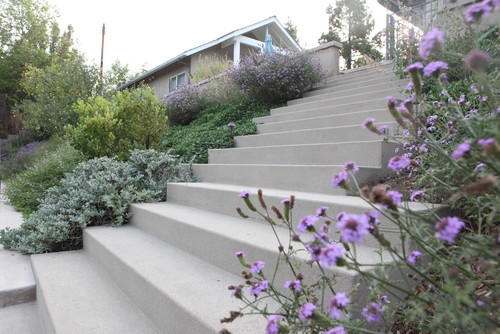January 15, 2018. By Cassy Aoyagi: We know we can expect resilience and extraordinary beauty after fire. We also know now is a critical time to protect these incredibly vulnerable spaces to secure our future resilience as a community. Three strategies can get us there.
- Place plants properly
- Abolish arsonists
- Secure slopes with native foliage
Properly Place Plants
Plants with enough space will not need to be cut to the ground each year as part of mandatory fire clearance, as plants that form canopies do. Effectively spacing natives now can save between $2 and $4 per square foot in fire clearance expense!
Do: Give plants enough space to grow to their full glory! Plants that need to be removed can be used to fill in blank spaces or given as gifts.
Don’t: Think of a plant like a couch. It may look too edited for a moment, but it will evolve quickly. Isn’t that the great thing about life?

Abolish Arsonists
There are a handful of popular, “drought tolerant” plants that act as arsonists when they hitch a ride into our wildspaces on the breeze or the bottom of our hiking boots… or when we plant them there.
Do: Remove arsonist Feather, Fountain and Pampas Grass and Pride of Madera from your garden. For safe swaps, swap for native Aristada, Deer Grass, White Sage, and Yucca Whipplei.
Don’t: Seed bomb with anything not verified to contain only natives (e.g. Theodore Payne Foundation, California Native Plant Society or Las Pilitas Nursery Seed Bombs) or toss your discarded arsonists into open space.
Protect Slopes from Erosion with Native Foliage
Native wildflower seeds have often been waiting to emerge from beneath more established foliage. They play a role in protecting delicate slopes. They willingly give the stage to more permanent, fire resistant plants as they naturally conclude their act.
The protective quality of natives is three fold: 1) As with Do #1, they will save money budgeted for fire clearance, 2) they can thrive in high heat and low water, making them less susceptible to fire, and 3) their roots will retain slopes through fire and rain.
Do: Allow slopes to erupt with native wildflowers post-fire without intervention.
Don’t: Rush to hydroseeding or plant slopes with non-natives. Interrupting nature’s course by can prevent permanent plants from taking hold of the soil. In the summer, dry annuals provide tinder for fire. In the winter when these same non-native annuals are dormant, they fail to stabilize slopes.
Conclude with Common Spaces
Our gardens have an extraordinary impact our ecological, financial and social resilience. So do empty lots full of litter, dry and dirty public parkways, and freeway-adjacent open spaces. These are the spaces where arsonists tend to thrive. When we start addressing the tragedy of these commons, we will start to build momentum toward a bright and resilient future for LA.
For more, see Designing for Fire Resilience, Disaster Resistant Plant Palettes, and our Disaster Prevention Checklist.




